‘Resilience is in our DNA’: Tulane Medical students send international message at Whitney plantation
The 15 White Coats
The 15 White Coats stand in front of Whitney Plantation as a symbol of their heritage and as inspiration for future doctors everywhere.
January 16, 2020
Last December, a group of Tulane Medical students traveled to Whitney Plantation to learn more about their ancestors and their heritage. Little did they know that this small class trip would soon become an international news story and a nationwide movement.
The Whitney Plantation is an historic site in Louisiana offering plantation tours focusing entirely on the lives of enslaved people that is located about an hour from the Tulane University Medical School’s campus. After visiting the plantation with his best friend Phillip and his eight-year-old daughter, second-year Tulane medical student Russell Ledet was inspired to send a message.
Ledet remembered his daughter interjecting into a conversation he was having with Philip. The tour inspired a comment from the eight-year-old, who reflected that being a Black doctor in America was a big deal.
“That’s not that weird of a comment to come from her. She’s a pretty bright, insightful child, and those kinds of things don’t shock me too much, but I was intrigued by the timing of what she said,” Ledet said. “I kind of followed up by asking her what made you say that and she was like, ‘You know, we just left the plantation where people who look like us, our ancestors, used to be slaves and now you’re going to be a doctor in the same country.’”
Ledet’s daughter’s comment sparked the idea for the photo, and Ledet sent an email to all of the Black Tulane medical students titled, “an opportunity for us to remember how far we’ve come,” explaining his proposition to take a trip to the Whitney Plantation soon after. Ledet worked with the Whitney Plantation owner and coordinated every aspect of the photo to showcase the three dimensions of Black medical students in America: the past, the present and the future.
“All of it was very intentional in terms of what we wore there and our white coats and in my mind, behind the idea it was kind of like, when you look at that photo, what you kind of have to acknowledge is the past,” Ledet said. “America has a very ugly past, and you have the present, which is these medical students who are all of color, and they kind of come through as though they are direct links between the past and the present, and you have to take into account that those are medical students who will eventually be doctors, which is the future.”
The photo became a viral sensation almost instantly as it spread throughout social media. Ledet and the rest of the medical students who participated in the iconic image are using their new platform to inspire young Black students and work to change the way mainstream education teaches Black children about the opportunities available to them.
“This is creating a conversation that America has very candidly shied away from for a very long time which is why it’s not even in curriculums in the U.S. right now. We talk about the Civil War, but we dont talk about slavery,” Ledet said. “I also think this gives us a platform to have an impact in terms of the future of medicine from a medical school perspective with some of the initiatives that we’re trying to bring forward, so the impact is wide reaching. It’s different though, based on who you are and where you are in life.”
The students have used this international coverage to create an non-profit organization with the purpose to “enrich accessible cultural storytelling, inspiration, and mentorship to the youth of tomorrow.” Named “The 15 White Coats,” the non-profit hopes to inspire a new generation of African American doctors and serve as the face of what is possible in today’s world.
The 15 White Coats has since launched various social media pages as well as a website where visitors can find biographies of each participant. Second-year medical student Carrie Crook said she believes the use of these small biographies can aid in giving students the motivation to succeed.
“This is important. So people looking at these bios can be like, ‘Oh, I am from Mobile, too, and Carrie is from Mobile,’ and find similarities or something to anchor them for their journey and whatever they choose to pursue,” Crook said. “Through these efforts we hope to continue to send out these pictures that we took and move them across the country to give hope to kids that want to go to medical school or whatever they want to do, so that they can continue to have motivation.”
The main message of the non-profit is “resilience is in our DNA.” Derived from similar messages evoked at Whitney Plantation, the message serves as a reminder of the work and perseverance of previous generations that have allowed these students to achieve their goals today.
“I think the resilience captured by the photo not just us individually but of all of the communities that have banded together to get each person in the photo to get where they are today,” Crook said.
The 15 White Coats now seek to put this message into motion in a variety of ways. The group is looking to begin with various school visits, where they will have the opportunity to speak with younger students about their futures. As early medical school students, many of the participants are not far removed from the application process and can serve as a resource to those who may need academic help. The organization is also hoping to start scholarships to give financial assistance to those who are either looking to apply for medical school or to take the Medical College Admission Test, as finances are currently the largest barrier for minority students who wish to apply.
While this image has spurred a conversation about progress in the U.S., there is still much more work to be done, according to Crook. The 15 White Coats are looking to continue this conversation far into the future.
“I also think a big impact on the photo was just to remind everyone just how close slavery was in our history and to remind people that all of the things that the United States was built off of,” Crook said. “Institutionalized racism is still here and still working, and that is why the photo was so powerful. Because we should all be aware, even if we don’t talk about it, that there are all these barriers for Black people, poor people, other underrepresented and minoritized populations to get to the point where they can become doctors.”
This photo, according to Ledet and Crook, serves as two major reminders to the rest of the world. Ledet explains that the photo “is more than a photo,” as it represents 15 members of the African American medical community who have worked tirelessly to achieve their status. Crook follows this thinking in reminding the country to continue the conversation moving forward.
“We just have to make sure that we remain cognizant of the structural impediments that are based on color and race within our society,” Crooke said. “A lot of our foundations are based in these, so we have to make sure we remain cognizant that as a community, that we are not holding people back, such as people of color, poor people, and disabled people, that we are each doing our part to create a more equitable community, to create a community where each person can have a fair chance to thrive.”

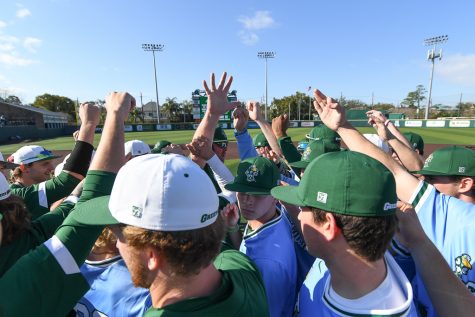
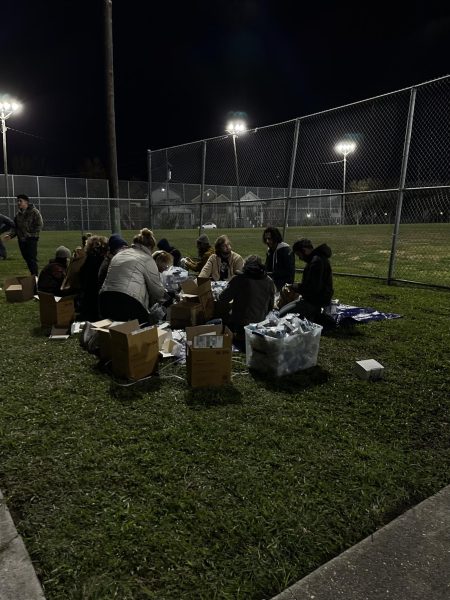
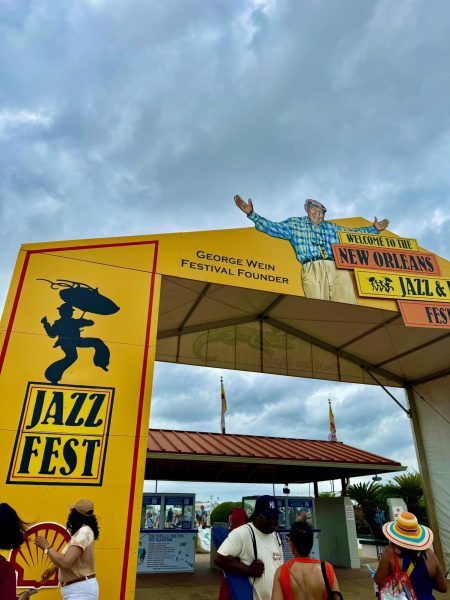
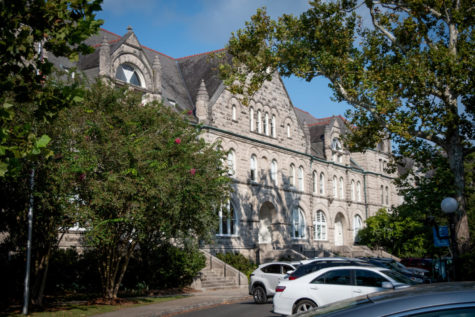
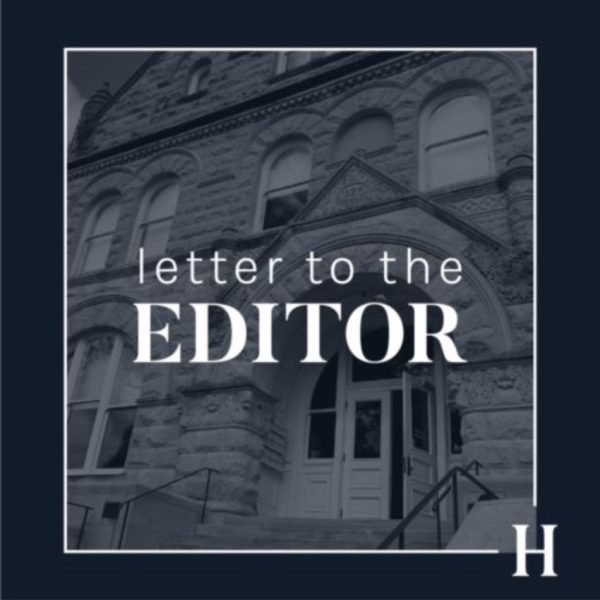
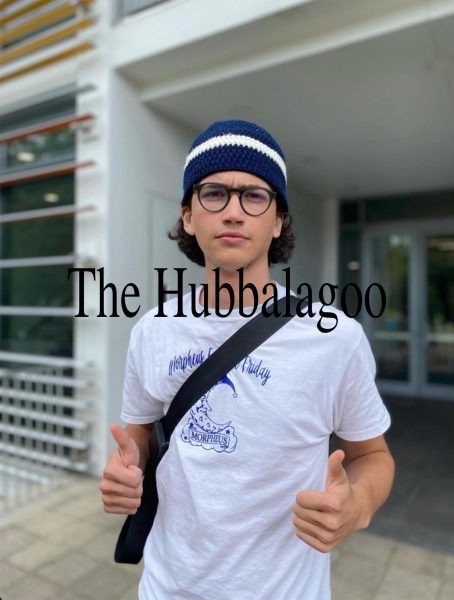

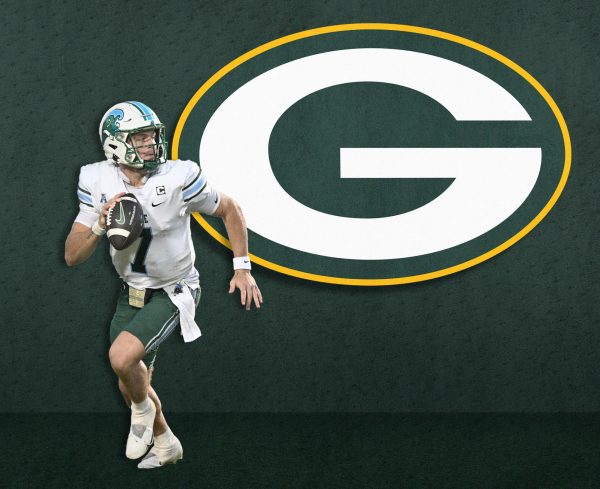

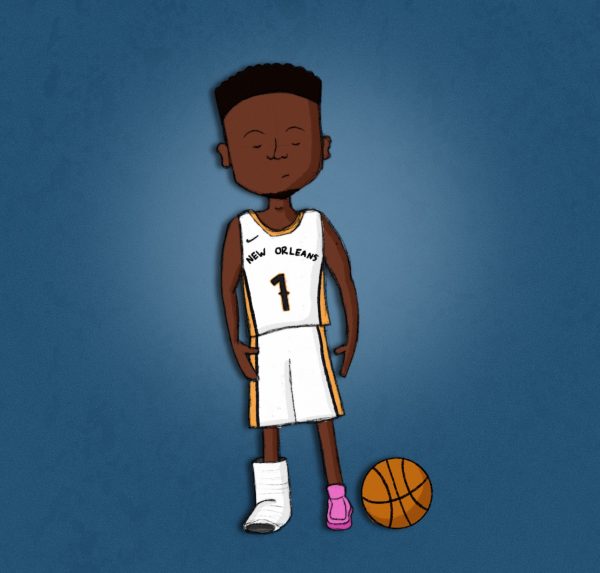
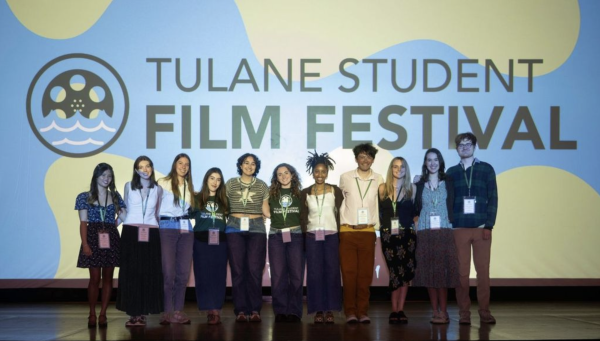

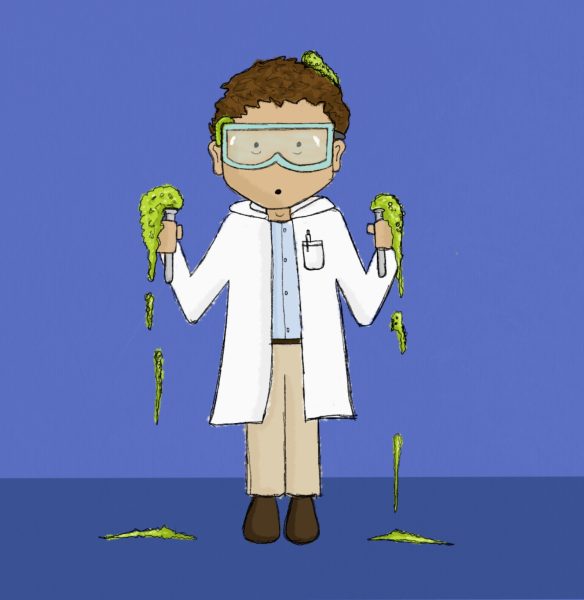


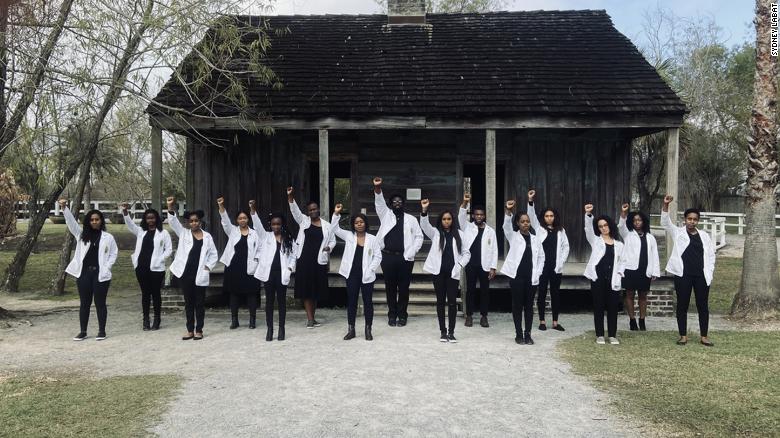

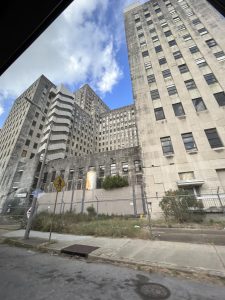

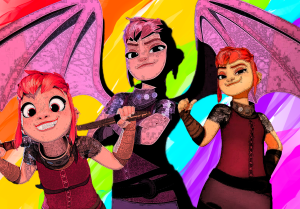
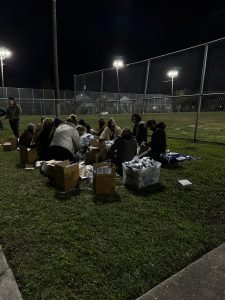
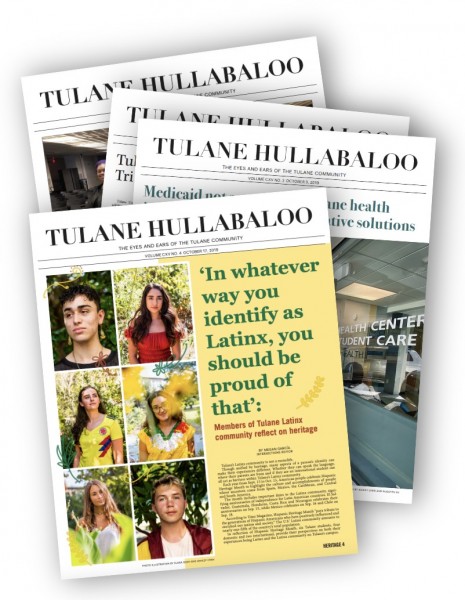
Leave a Comment